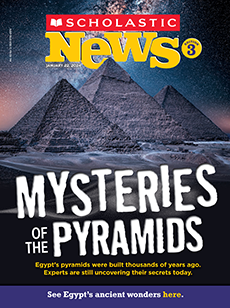Many kids love to read. In fact, 72 percent of kids ages 6 to 17 read a book for fun at least once a week. That’s according to a 2022 study by Scholastic. But which type of books do kids prefer: fiction or nonfiction?
Some readers say fiction allows them to get lost in a make-believe story. They say reading about pretend people and situations helps boost their creativity.
But others prefer nonfiction. They say reading about real people and events teaches them important facts. A true story can be just as exciting as a fictional one, they point out.

